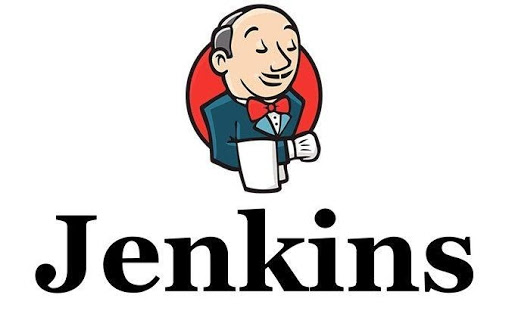As a DevOps professional, you need to evaluate these tools based on your budget, project requirements, and other data points. This is why we take a deep dive into Travis CI vs Jenkinscomparison to help you decide the right CI/CD tool for your project requirements.
If you are new to DevOps and are just learning the basics then I recommend you to read this detailed article on Continuous Integration And Continuous Delivery. Without further ado, let’s get started.
What Is Jenkins?
Jenkins is a popular open-source CI/CD tool that is in usage for a long time. The tool is written entirely in Java. Jenkins has a powerful set of features that can be used to build, test, and integrate changes in a project.

It is the go-to choice for startups as it is free to use, supports a wide range of plugins, and is backed by a vibrant community. Developers get the chance to set up a CI/CD environment in Jenkins. Jenkins is available for a wide range of platforms – Windows, macOS, and various flavors of Unix (i.e. Ubuntu, OpenSUSE, and more).
Another major of Jenkins is its extensibility with plugins. Like other open-source projects, Jenkins maintains two release lines – weekly and LTS (Long Term Support). At the time of this article, the latest version of Jenkins (LTS) was 2.235.1.
Salient features of Jenkins
- Open source and free for use.
- Extensive plugin ecosystem.
- Vibrant community.
- Supports parallel execution.
- Ease to set up.
- Offers REST API.
- Can be configured using Jenkinsfile.
#devops #continous delivery #jenkins ci #ci cd #travis ci #continous deployment #jenkins architecture
